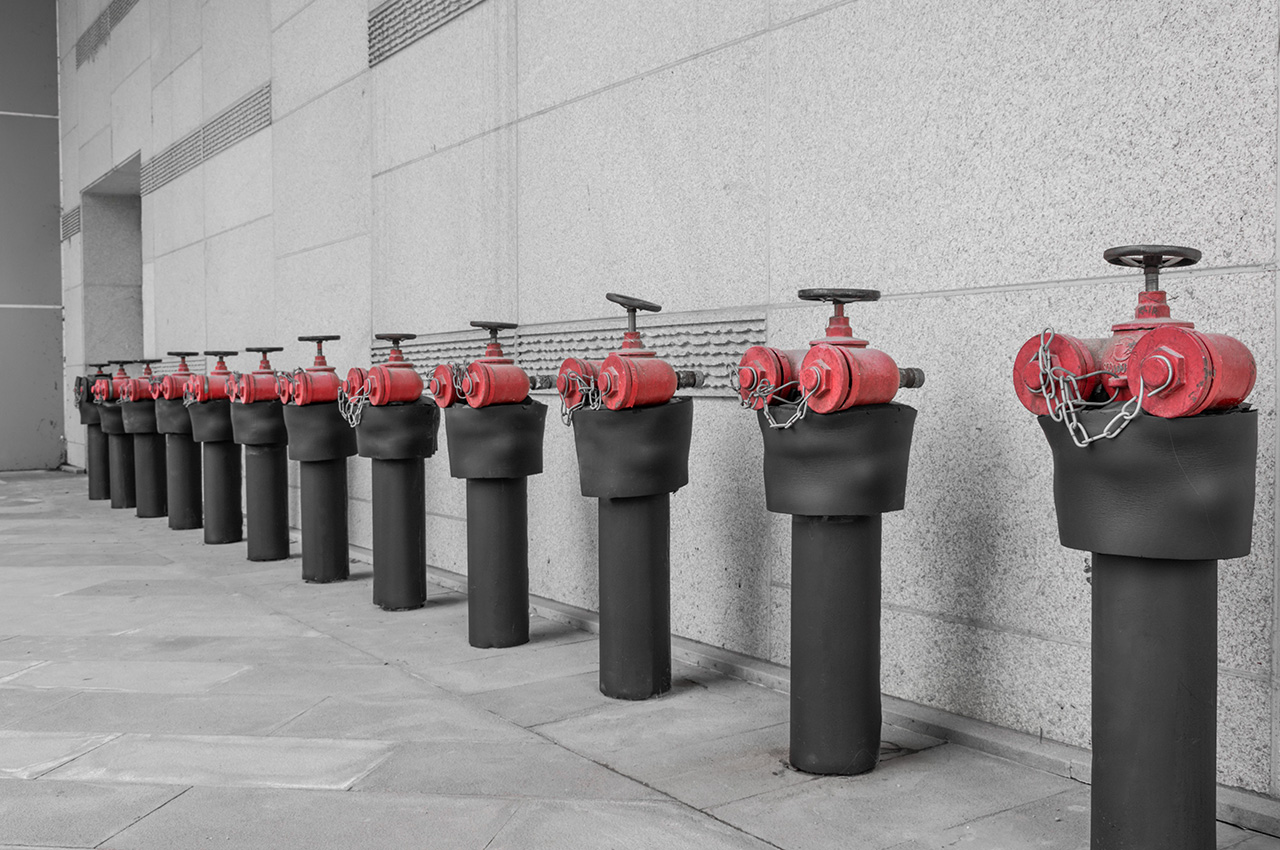Hydrant installations in buildings
Fire safety is one of the most important aspects of protecting any building, regardless of its purpose. Hydrant systems in buildings play a vital role in ensuring rapid access to extinguishing water during a fire, enabling effective rescue operations and minimizing damage. In the following article, we will look at the types of hydrant systems, their applications and the practical aspects of selection and maintenance.
How to match hydrants to the specifics of the building?
Selecting the right hydrants for buildings is crucial to ensuring effective fire protection. The choice of a specific system depends on many factors, such as the size of the building, its purpose, height, and the level of fire risk.
When designing a hydrant system, it is necessary to take into account, among other things, the technical requirements specified in the Building Law and in Polish Standards. For example, DN25 hydrants are often used in residential buildings, while in industrial facilities or warehouses, a DN52 installation may be required, due to the greater demand for fire extinguishing water.
Another important aspect is the location of hydrants in the building. According to the regulations, the maximum distance from a hydrant to a potential fire should not exceed 100 meters. Furthermore, the system should provide sufficient water pressure to enable the nozzle to operate effectively.

Advantages of connecting hydrant systems with other fire protection systems
Integrating fire hydrant systems with other fire protection systems, such as sprinklers or alarm systems, brings many benefits. First of all, it allows for the creation of a comprehensive protection system that effectively minimizes the risk of fire spreading.
One of the most important elements of such integration is the synchronization of the individual systems. For example, the activation of the sprinkler system can simultaneously activate the internal hydrants. This allows for faster fire suppression. Furthermore, alarm systems can immediately notify the emergency services of the threat, which significantly shortens the response time.
The economic aspect is also important. Although the initial cost of installing an integrated system may be higher, the long-term benefits, such as reduced property losses or reduced insurance costs, are significant. In the case of logistics facilities, sprinkler systems for warehouses are particularly recommended, as they effectively support the operation of hydrant systems.
Fire protection of buildings is a process that requires a comprehensive approach. Hydrant installations in buildings, in combination with other fire protection systems, are the basis for effective protection against fire. However, it is important to properly design, select appropriate solutions and carry out regular technical inspections. It should be remembered that investing in modern technologies and system integration brings tangible benefits, ensuring the safety of people and property.
